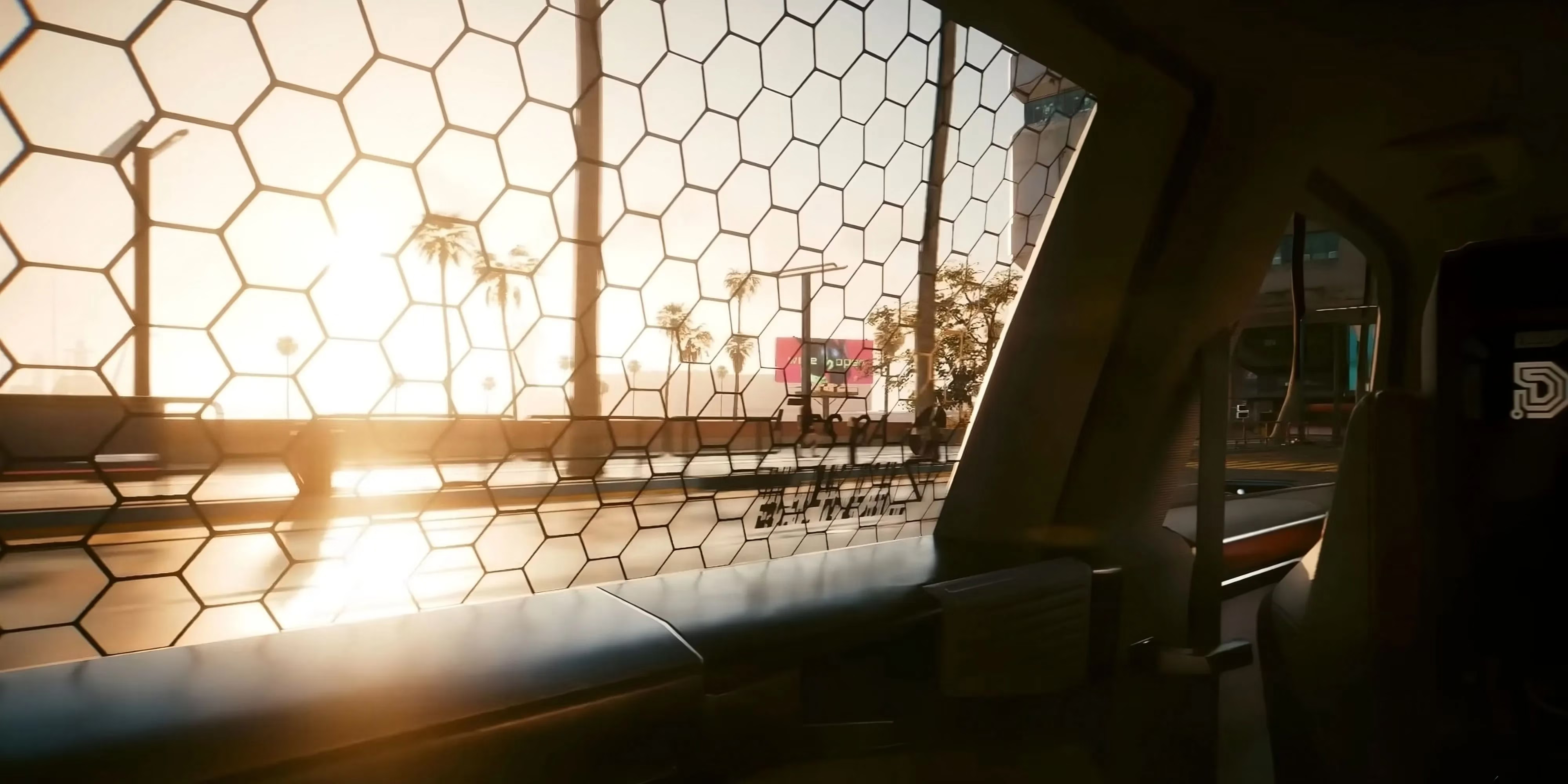When Cyberpunk 2077 debuted, its vehicle handling stood as a notorious pain point – clunky controls and unresponsive mechanics turned traversing Night City into a chore rather than a joy. This dissonance between the game's futuristic setting and its transportation frustrations created a glaring immersion break. The transformative AutoDrive feature introduced in Update 2.3 has fundamentally reshaped this experience. By enabling self-navigating vehicles, cinematic camera perspectives, and atmospheric enhancements, the update finally delivers on the promise of a living, breathing dystopia. Players no longer wrestle with steering; they engage with Night City's soul through windshield reflections and synthwave soundtracks. This isn't just quality-of-life tweaking – it's a paradigm shift in how open-world RPGs facilitate emotional connection.
✨ AutoDrive: Beyond Convenience, Into Atmosphere
The core magic of AutoDrive lies in its liberation of player attention. Setting a waypoint triggers autonomous navigation, freeing gamers to absorb Night City's meticulously crafted details:
-
Cinematic immersion: Switch perspectives to watch rain droplets streak across windshields while neon signs bleed color onto rain-slicked streets
-
Dynamic radio integration: Synthwave and punk rock stations synchronize with cruising speed, creating impromptu music videos
-
Aimless exploration: Removing destination markers enables meditative drives through districts like Pacifica or Heywood
-

People Also Ask: Can AutoDrive function during combat sequences? The system deliberately disengages when hostilities erupt, preserving tension during firefights while maintaining its role as a contemplative travel tool.
🤖 Delamain's Resurgence: AI with Emotional Weight
Completing the "Don't Lose Your Mind" questline unlocks more than just achievements – it resurrects Delamain as an operational taxi service. These self-driving cabs become narrative vessels where the AI's dry humor and existential musings transform routine travel into philosophical journeys. This mechanic brilliantly extends the quest's themes of splintered consciousness into post-game gameplay. Delamain's persistent presence creates eerie continuity – his remarks about Night City's changing neighborhoods or corporate skyscrapers blur the line between programmed responses and emergent storytelling.
💭 Emotional Tempo Control: Redefining Play Sessions
The update's hidden brilliance manifests in how AutoDrive supports diverse playstyles:
| Experience Type | Key Features | Emotional Impact |
|---|---|---|
| Reflective Mode | No destination, rain effects, hood camera | Melancholic immersion in dystopian beauty |
| Narrative Flow | AutoDrive between missions with radio | Maintains story momentum without friction |
| Ambient Play | Idling at viewpoints with engine off | Transforms game into living desktop wallpaper |
People Also Ask: Does AutoDrive work with all vehicle types? While optimized for cars, motorcycle handling sees significant but not identical improvements – leaning into turns while admiring cityscapes creates its own visceral thrill.
🔮 The Road Ahead: Untapped Transit Potential
Despite these leaps, Night City's transit ecosystem feels incomplete. The NCART train system remains static scenery – a glaring omission in a world teeming with autonomous tech. Imagine interactive carriages where fixers contact you mid-commute or ads dynamically react to neighborhood unrest. Such additions could evolve travel from functional to narratively generative. The Delamain integration proves CD Projekt Red and Virtuos understand how mobility systems can deepen lore – now they must apply that vision to mass transit.
People Also Ask: Could future updates expand Delamain's role? His current implementation feels like scaffolding for richer interactions – perhaps malfunctioning cabs triggering impromptu rescue missions or his AI fragments debating during rides.
🌆 Neon-Soaked Meditation in Motion
What truly astonishes is how a transportation update subtly transformed gameplay philosophy. Players now control emotional rhythm: accelerating into combat zones with engine roars, then decelerating into Watson's alleyways with lo-fi beats. The update understands that immersion isn't just visual fidelity – it's the space between objectives where Night City whispers its tragedies through billboards and overheard conversations. AutoDrive creates those spaces organically.
This evolution raises provocative questions about open-world design itself. When driving becomes optional contemplation rather than mandatory chore, does it fundamentally alter how players internalize game worlds? Cyberpunk 2077's journey from frustrating navigation to poetic transportation suggests we've only begun exploring how movement mechanics shape emotional storytelling.